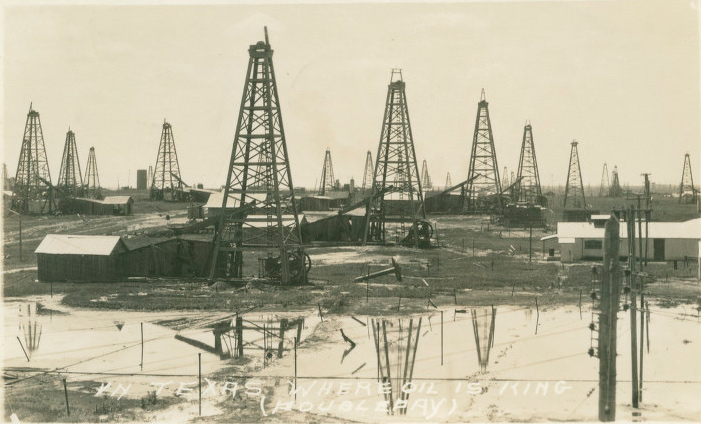Texas has long been known as the US oil capital – and for good reason. Ever since oil erupted into Texas way back in 1901 with the famous Lucas Gusher, the oil and gas industry has been the driving force of the state’s economy. To witness the Lone Star State’s inextricable link with oil, just consider the fact that people all across the country have long referred to oil as “Texas Tea.”
Today, more than 100 years after becoming the epicenter of the nation’s oil production, Texas is once again leading an oil and gas revolution. As the huge, ongoing “shale gale” continues to sweep the nation and put the United States on the path toward true energy independence, Texas finds itself sitting atop the most promising shale plays.

